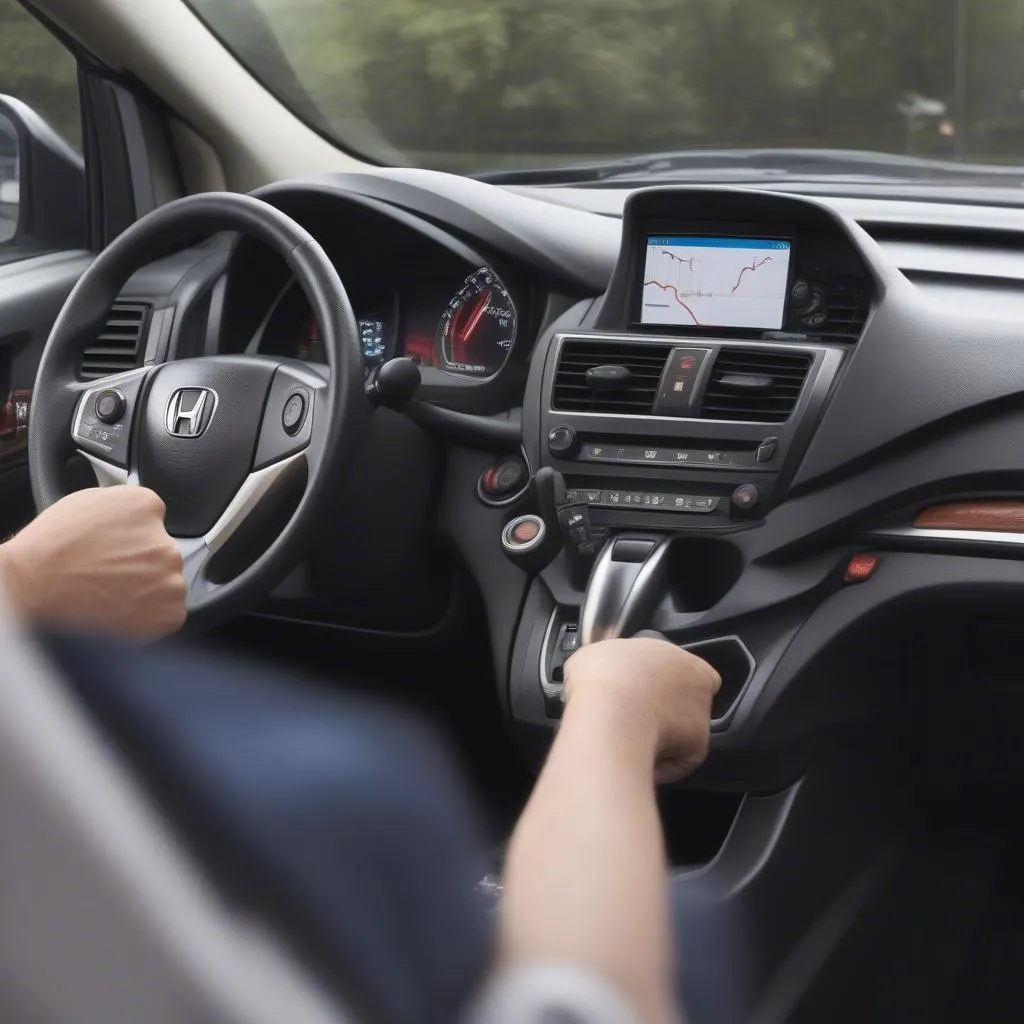If your car won’t start, it can be incredibly frustrating. This guide provides a comprehensive troubleshooting approach, from the simplest checks to more advanced solutions, empowering you to diagnose the problem and get back on the road. We’ll explore common causes and provide expert insights to help you get your car started again.
One of the most common reasons a car won’t start is a dead battery. If you hear a clicking sound when you turn the key, it’s a telltale sign of a low battery. Try jump-starting your car. If that works, your battery likely needs replacing. You can learn more about dealing with a dead battery, especially during winter, at car battery dead in winter.
Common Causes of Car Starting Problems
Several factors can contribute to car starting issues. Understanding these can help you pinpoint the culprit quickly:
- Dead Battery: This is the most frequent cause. Extreme temperatures, leaving lights on, or an old battery can all lead to a dead battery.
- Faulty Starter: If the battery is good, the starter motor might be the problem. A grinding noise when turning the key indicates a potential starter issue.
- Ignition System Problems: Issues with the ignition switch, coil, or spark plugs can prevent the engine from starting.
- Fuel System Issues: A lack of fuel, a clogged fuel filter, or a malfunctioning fuel pump can also be the root cause.
- Alternator Problems: While a bad alternator won’t usually prevent a car from starting initially, it will prevent the battery from recharging, leading to future starting problems.
Even with a new battery, your car might still refuse to start. This often points to other issues like the starter or alternator. Check out car still wont start after new battery for more information on this specific problem.
Troubleshooting Your Car Starting Issue
If your car won’t start, don’t panic. Follow these steps to diagnose the problem:
- Check the Battery: Use a multimeter to test the battery voltage. A reading below 12.4 volts usually indicates a low battery.
- Inspect the Starter: If the battery is good, listen for a clicking or grinding noise when you turn the key. This could indicate a starter problem.
- Examine the Ignition System: Check the ignition switch, coil, and spark plugs for any signs of damage or wear.
- Check the Fuel System: Ensure you have enough fuel. If so, check the fuel filter and fuel pump.
- Consider the Alternator: Though a bad alternator won’t usually stop a car from starting immediately, test its output to ensure it’s functioning correctly.
“A systematic approach is crucial when troubleshooting car starting issues. Begin with the most common cause, the battery, and then move on to other potential culprits,” says Alex Walker, Senior Automotive Diagnostic Technician at Advanced Auto Solutions.
If My Car Won’t Start After a New Battery
Sometimes, even after installing a new battery, the car still refuses to start. This can be incredibly perplexing, but it usually indicates a problem beyond the battery itself. Consider checking out new battery but car still wont start for more details on this particular issue. Often, this points towards problems with the starter, alternator, or other electrical components.
Remote Diagnostics and Software Solutions
In modern vehicles, software and electronic control units (ECUs) play a crucial role in engine management. Sometimes, a software glitch can prevent your car from starting. Remote diagnostics and software updates can often resolve these issues quickly and efficiently.
“Remote diagnostics can save you time and money. We can often identify and fix software-related starting problems remotely without you needing to bring your car to a shop,” says Maria Sanchez, Lead Software Engineer at Automotive Software Innovations.
Conclusion
If your car won’t start, a methodical approach to troubleshooting is essential. Starting with the battery and moving through the other potential causes, you can pinpoint the issue and find a solution. Remember resources like car isnt starting and car battery completely drained can provide valuable additional information. Don’t hesitate to seek professional help if you’re unsure about any step of the process.

